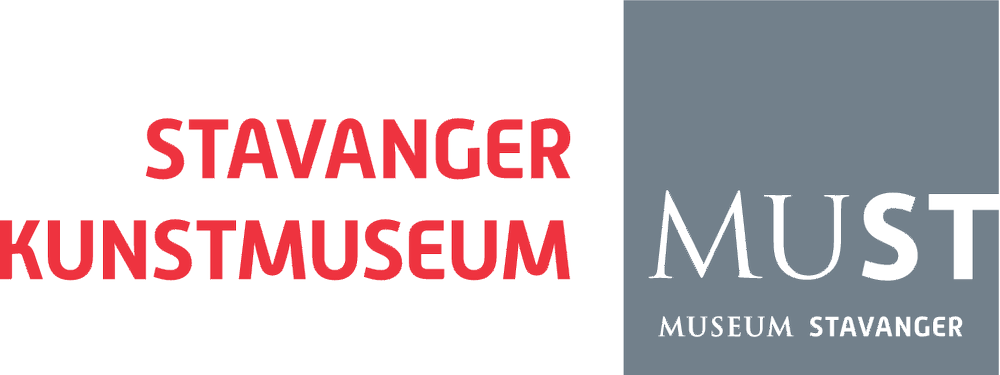ANN IREN BUAN
Born 1984, Stjørdal. Lives and works in Oslo.
Drawing is at the centre of Ann Iren Buan’s artistic practice. At art school, Buan worked with developing technical virtuosity in drawing and a thorough knowledge of the qualities of paper and drawing tools. After initially working in a figurative expression, she later moved into abstraction and a study of drawing’s materiality. This fundamental research led to monumental works that challenge the distinction between sculpture and drawing.
In the installation in NN-A NN-A NN-A, several sculptural drawings are combined into an installation entitled Drifters. Here enormous rolls of layered, fragile paper exude a massive, sculptural character. Buan glued the paper together, layer on layer, then painstakingly covered it with pastel chalk until a leathery, rough surface emerged. The next step was to sand the colour and paper with a machine, then to manipulate the work further using a very physical process. The contrast between the fragile paper and the monumental dimensions gives the works the character of ruins; the marble-like associations suffuse them with nostalgic feeling. The pastel chalk is restricted to hues inspired by nature, from sky blue to delicate skin tones. In this project, Buan for the first time used a hue of yellow inspired by the colour Renaissance artists used when painting skin. It gave their human figures a chara-cteristic glow. The association to skin and the body invite us to interpret Buan’s sculptures as if they were human subjects taking possession of the room, just as to the bodies of visitors in the museum. This theme was also addressed by 1960s minimalists.
In contrast to the meditative and restricted formats of traditional drawings, Buan works very physically with multiple-metre formats. In mounting her works, she draws inspiration from the environment and the architecture of the exhibition space. Since the sculptures are made from organic materials such as paper, pastel chalk and thin leather straps, they are clearly affected by gravity, humidity and touch. Her work method is therefore open to elements of chance and cannot be fully controlled. This is also the case with much post-minimalistic art, which indeed serves as an inspiration for Buan. Robert Morris articulated what was important for process-based art in his article ‘Anti Form’ (1968). He emphasized the effects of chance on the sculptural process. In Buan’s series Standstills, which consists of framed sheets of pastel paper and pigments, we cannot help but see the effects of chance. Buan shook the frame so that the pastel chalk could create random formations on the paper. The excess of chalk lying at the bottom of the frames makes it potentially possible to create new forms and drawings on the toothed paper. Buan’s sculptures also have the potential of an ‘afterlife’: she re-uses fragments from earlier drawings and exhibition to create new works, thus adding continuity to her artistic process.
Text by: Ida Sannes Hansen


